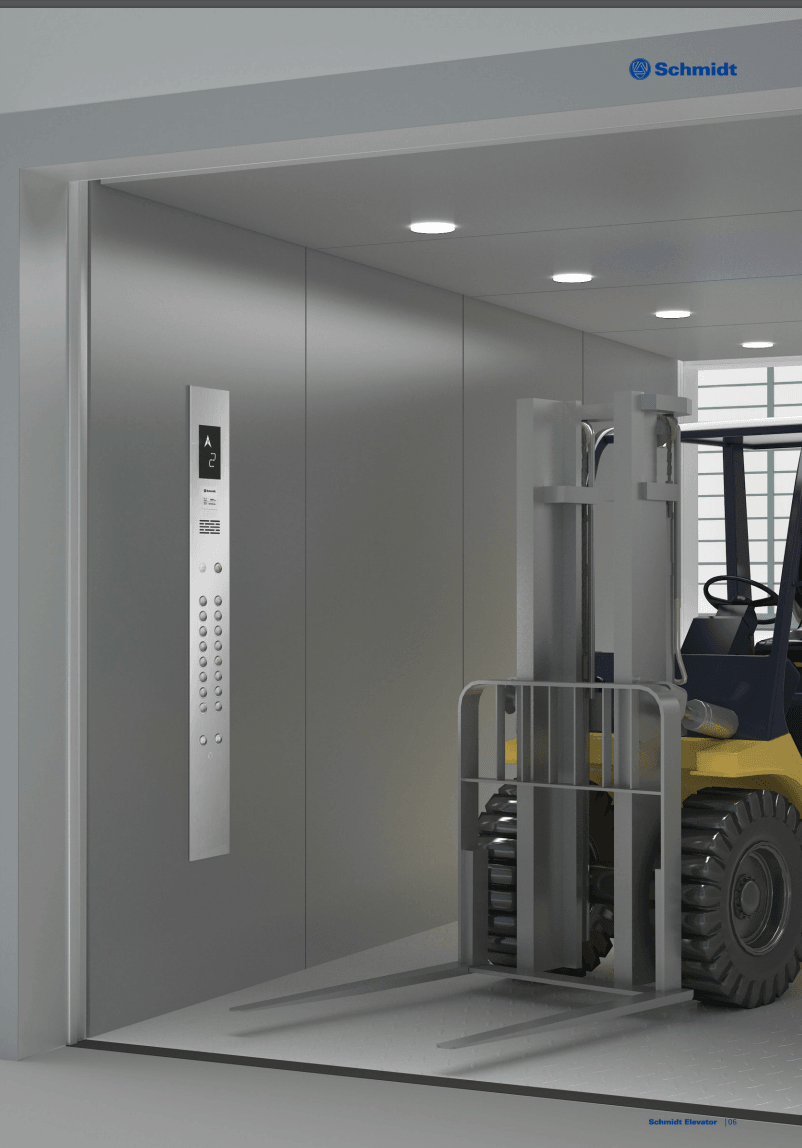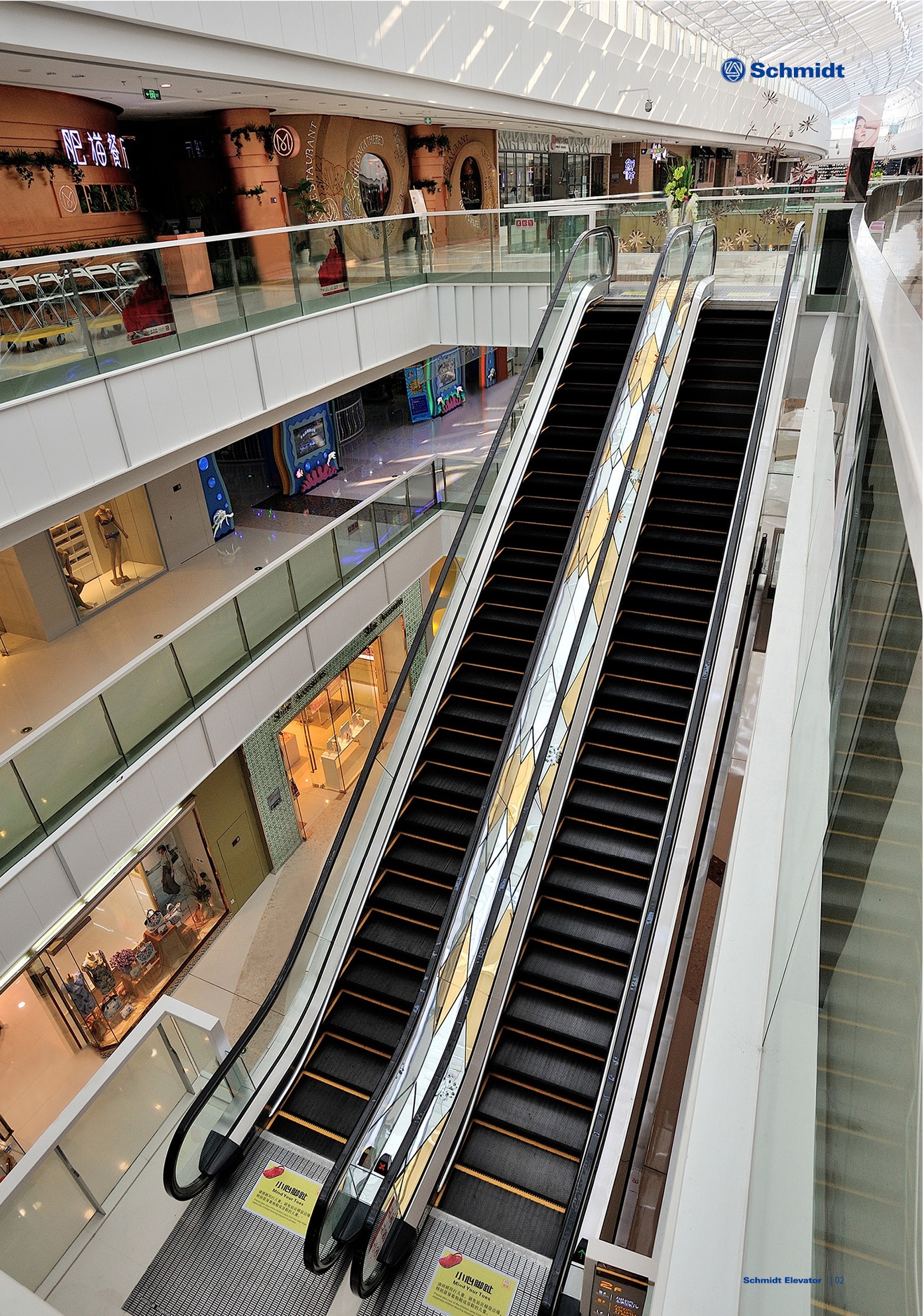Introduction

In the bustling world of shopping malls, elevators and escalators play a crucial role in facilitating vertical travel. While they may seem similar at first glance, understanding the nuances of elevator vs escalator can significantly enhance your mall experience. This introduction will explore the importance of safety in these environments and provide an overview of what sets elevators apart from escalators.
Understanding Elevators and Escalators
Elevators are enclosed cabins that transport people between floors using cables or hydraulic systems, while escalators are moving staircases designed to carry individuals up or down. The question What is the difference between an elevator and an escalator? often arises when deciding which option to use in a shopping mall. Both serve essential functions, but their designs cater to different needs and preferences.
The Importance of Safety in Malls
Safety is paramount in any public space, especially shopping malls where large crowds gather daily. With numerous people relying on elevators and escalators for convenience, ensuring their safe operation cannot be overlooked. Understanding safety protocols related to elevator vs escalator usage can help prevent accidents and injuries.
Overview of Elevator vs Escalator
Many wonder Which is faster: elevator or escalator? as they navigate through various levels of a mall. Additionally, cultural variations exist; for instance, some might ask Is elevator a British word? while others ponder What do Americans call escalators? These questions highlight how language influences our understanding of these common transportation methods.
The Mechanics Behind Elevators and Escalators

Understanding how elevators and escalators operate is crucial for making informed choices in shopping malls. While both serve the purpose of transporting people vertically, their mechanisms and functionalities differ significantly. Let’s dive into the nuts and bolts of these two essential systems.
How Elevators Operate
Elevators, often referred to as lifts in some regions, operate on a simple yet effective principle: they use a system of pulleys and cables to move a cabin vertically between floors. When you press the button for your desired floor, an electric motor activates to either lift or lower the cab based on its current position. This process involves various safety features such as brakes, sensors, and emergency protocols to ensure safe travel—critical aspects when considering elevator vs escalator options in shopping malls.
The Working of Escalators
Escalators are essentially moving staircases that transport people between different levels without requiring them to exert much effort. They consist of a looped belt with steps attached that continuously moves up or down at a consistent speed. Unlike elevators, which can accommodate larger numbers of passengers at once, escalators provide a more gradual ascent or descent—ideal for shorter distances within shopping malls but raising questions like Which is faster: elevator or escalator?
What is the Difference Between an Elevator and an Escalator?
The primary difference between an elevator and an escalator lies in their design and function: elevators are enclosed cabins that travel vertically between floors while escalators are open conveyor-like systems that move continuously along a fixed path. This distinction leads us to ponder other aspects such as safety features and usage scenarios; for instance, What do Americans call escalators? versus British terminology like escalator or moving staircase. Ultimately, when considering elevator vs escalator for shopping malls, each has its unique advantages depending on the specific context of use.
Safety Features in Elevators

Emergency Protocols in Elevators
Elevators come equipped with a range of emergency protocols that ensure passenger safety during unexpected situations. In the event of a power failure, most modern elevators have backup systems that allow them to descend slowly and safely to the nearest floor. Additionally, emergency alarms and communication systems enable passengers to alert building personnel or emergency services if they find themselves in distress—an essential feature that distinguishes elevators from escalators.
In contrast, escalators do not have such complex emergency protocols; instead, they rely on immediate stopping mechanisms if something goes wrong. This difference raises an interesting point: while both modes of transport aim for user safety, the elevator's comprehensive emergency system provides an extra layer of reassurance for those navigating Elevator vs Escalator scenarios in crowded malls.
Schmidt Elevator Co., Ltd. Innovations
Schmidt Elevator Co., Ltd. has been at the forefront of innovation when it comes to enhancing elevator safety features. Their cutting-edge technology includes advanced sensors that detect potential malfunctions before they pose a risk to passengers—quite impressive when you consider how often we take elevators for granted! These innovations not only improve reliability but also contribute significantly to overall user confidence.
Moreover, Schmidt’s commitment extends beyond just technology; they prioritize accessibility as well by incorporating features like voice-activated controls and visual indicators for hearing-impaired individuals.
Accessibility and Safety Compliance
Accessibility is a critical aspect of modern elevator design, ensuring everyone can use them without barriers or difficulties. Compliance with regulations such as the Americans with Disabilities Act (ADA) mandates that elevators feature low buttons, wide doors, and enough space for wheelchairs—a necessity that escalators simply cannot provide in the same way due to their moving steps.
Furthermore, regular inspections and maintenance checks are vital for ensuring these safety features remain operational over time—a responsibility often overlooked until something goes wrong! As we weigh our choices between escalators vs lifts (or elevators), it's essential not only to consider speed or convenience but also how well each option meets accessibility needs and complies with safety standards.
Safety Features in Escalators

Safety Precautions on Escalators
To ensure safe travel on escalators, several precautions are essential. First and foremost, users should always stand clear of the edges and hold onto the handrails for stability—this is especially important for children or anyone who might lose their balance easily. Additionally, wearing appropriate footwear is crucial; flip-flops or loose shoes can get caught in the moving parts, leading to serious injury. These safety measures are vital when discussing elevator vs escalator options in shopping malls because they directly impact user experience.
Common Injuries and Risks
Common injuries associated with escalators often stem from negligence or lack of awareness regarding safety features. People may experience falls due to tripping over the steps or losing balance while boarding or disembarking—these incidents can lead to sprains, fractures, or worse. Furthermore, there are also risks related to clothing getting caught in the machinery; this highlights why it’s essential for users to be mindful when choosing between escalators vs lifts in busy environments like malls.
Why Escalators Require Regular Maintenance
Regular maintenance of escalators is imperative for ensuring their safe operation over time. Just like any mechanical system, wear and tear can lead to malfunctions that pose risks; thus, routine inspections help identify potential issues before they become dangerous problems. Maintenance checks include examining step chains and brakes as well as ensuring that emergency stop buttons function correctly—these factors play a significant role in distinguishing between elevator vs escalator safety standards.
Which Is Faster: Elevator or Escalator?

Speed Comparisons in Shopping Malls
In general terms, elevators tend to be faster than escalators. Most elevators can travel at speeds ranging from 200 to 500 feet per minute, while escalators typically operate at a more leisurely pace of about 90 feet per minute. This makes elevators the go-to choice for quickly ascending multiple floors in large shopping malls—especially when time is of the essence during a weekend shopping spree.
However, speed isn't everything; accessibility plays a crucial role in deciding between elevator vs escalator options. For instance, if you're carrying heavy bags or pushing a stroller, an elevator may be your best bet despite its potentially longer wait times compared to an escalator that’s always moving. So while elevators often win in speed contests, it's essential to consider context when evaluating which is faster.
When to Choose an Elevator vs Escalator
Deciding whether to take an elevator or an escalator can depend on several factors beyond just speed. If you're facing a long climb—say up six floors—a high-speed elevator will likely serve you better than standing still on an escalator that moves slowly but continuously. Conversely, if you're only going up one floor and there's no queue for the escalator, it might be more convenient just to hop on and enjoy the ride.
Another consideration is crowd dynamics; during peak hours in busy malls where foot traffic is heavy, waiting for an elevator can feel like watching paint dry! In contrast, escalators are usually less congested since they allow people to keep moving even if they’re not taking them directly up or down. Ultimately, weighing convenience against time will help you make informed choices between elevators and escalators while navigating those bustling mall corridors.
Real-Life Examples of Use Cases
To illustrate how these choices play out in real life: imagine you're at a massive mall like Mall of America with its five sprawling levels filled with shops and attractions galore! If you’re sprinting from one end of the mall to another while trying not to miss your movie showing time—an elevator would likely be your best option for reaching higher floors quickly.
On the other hand, picture yourself casually browsing through stores after lunch; taking the nearby escalator allows you to continue enjoying your shopping experience without feeling rushed. Whether it's rushing against time or taking a leisurely stroll through retail paradise—understanding what is the difference between an elevator and an accelerator can significantly enhance your overall experience!
Cultural Perspectives on Elevators and Escalators

When we dive into the cultural perspectives surrounding elevators and escalators, it becomes clear that language plays a significant role in shaping our understanding of these vertical travel methods. The terms we use can vary greatly depending on where you are in the world, leading to some interesting discussions about what exactly is meant by elevator or escalator. Understanding these differences not only enriches our vocabulary but also enhances our appreciation for how people navigate their environments.
Is Elevator a British Word?
The term elevator is predominantly used in American English, while the British often refer to it as a lift. This distinction is a classic example of how regional dialects can create confusion, especially for travelers. So when you're exploring the bustling shopping malls of London, don't be surprised if you hear locals asking for the nearest lift instead of an elevator—it's all part of the charm of language differences!
What Do Americans Call Escalators?
In America, escalators are simply known as escalators—no fancy names here! However, they might also get casually referred to as moving staircases or travelators in certain contexts, particularly when discussing their functions. This straightforward approach contrasts with other regions where variations might exist; however, one thing remains consistent: escalators are vital for navigating multi-level shopping malls efficiently.
Variations in Global Usage
Globally, terminology surrounding elevators and escalators varies widely based on local languages and cultures. For instance, in some countries like Australia and New Zealand, you'll find both terms used interchangeably with slight regional preferences. When discussing elevator vs escalator usage in shopping malls around the world, it's fascinating to see how cultural attitudes influence design choices and maintenance practices—some places may prioritize lifts while others favor escalators for their ease of access.
Conclusion

In the grand showdown of elevator vs escalator, safety emerges as a paramount concern in shopping malls. With the constant movement of shoppers and families, understanding how these mechanisms operate and their safety features is crucial. Both elevators and escalators serve essential roles in enhancing accessibility but come with distinct safety protocols that must be adhered to.
Evaluating Safety in Shopping Malls
When evaluating safety in shopping malls, one must consider not only the technology behind elevators and escalators but also the environment they create for users. Elevators are generally enclosed, providing a controlled space that can be monitored, while escalators present unique challenges due to their open design and continuous motion. Regular maintenance checks are vital for both systems to ensure they meet safety standards, making it imperative for mall operators to prioritize these evaluations.
Personal Preferences in Elevator vs Escalator
Personal preferences often dictate whether one opts for an elevator or an escalator when navigating a shopping mall. Some people may prefer elevators for their speed and comfort, especially when transporting heavy items or traveling between multiple floors quickly—after all, which is faster: elevator or escalator? Others might enjoy the experience of riding an escalator as it allows them to keep moving while taking in their surroundings—an enjoyable aspect of modern shopping culture.
Making Informed Choices for Vertical Travel
Ultimately, making informed choices about vertical travel boils down to understanding what is the difference between an elevator and an escalator regarding functionality and user experience. Factors such as speed, convenience, accessibility needs, and personal comfort should guide your decision-making process. Whether you’re pondering Is elevator a British word? or wondering what do Americans call escalators, being aware of these nuances will enhance your overall experience while traversing those multi-level shopping havens.

